Tag: Featured
-
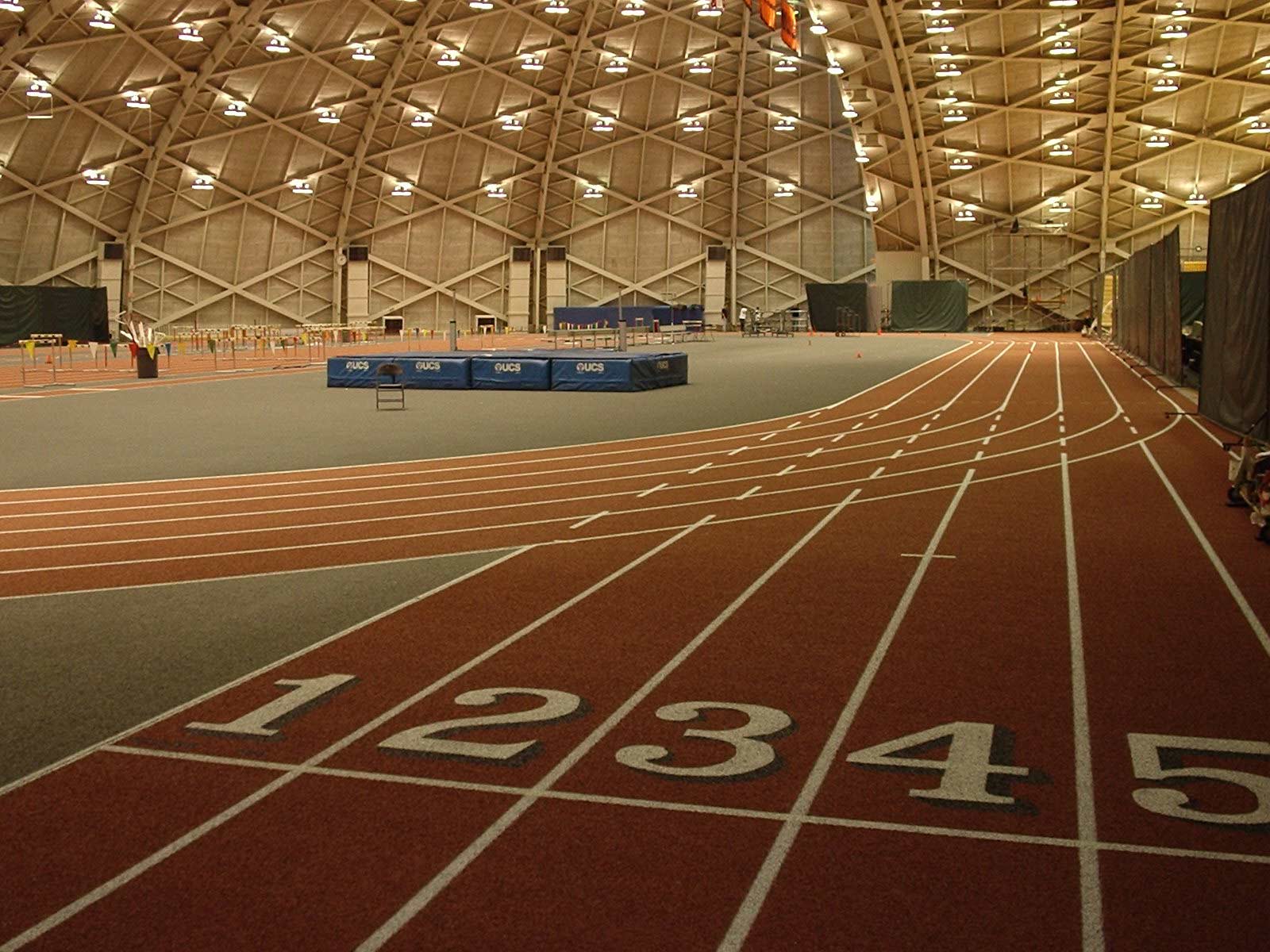
Drone guides visually impaired runners
University of Nevada‘s Eelke Folmer has built a drone system that guides visually impaired runners around a track, allowing them to run without a sighted guide. A downward-facing camera follows the lines on the track. A second camera focuses on a marker on the runner’s shirt. The quadcopter flies at eye level, 10 feet ahead of…
-
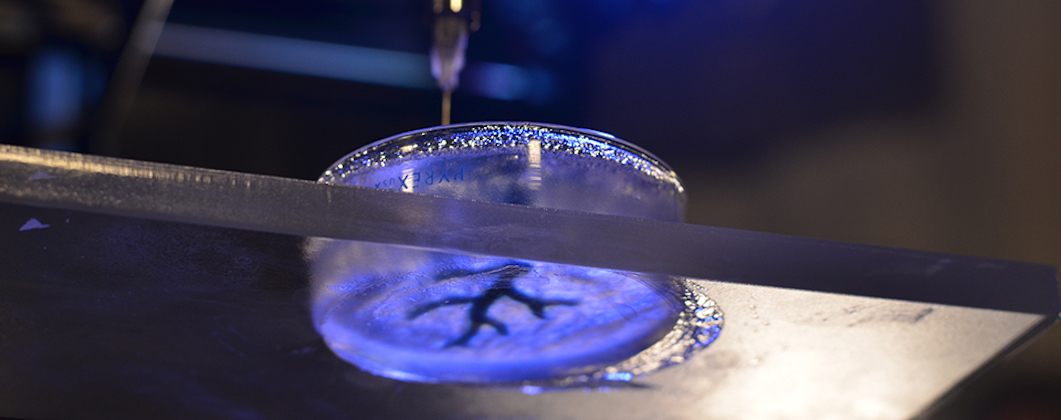
Toward a 3D printed heart
Carnegie Mellon‘s Adam Feinberg is developing 3D printing techniques that could in the future be used to repair the heart. This work is aimed at alternative solutions for the 4,000 Americans currently waiting to receive a heart transplant. Feinberg described his progress: “We’ve been able to take MRI images of coronary arteries and 3-D images…
-
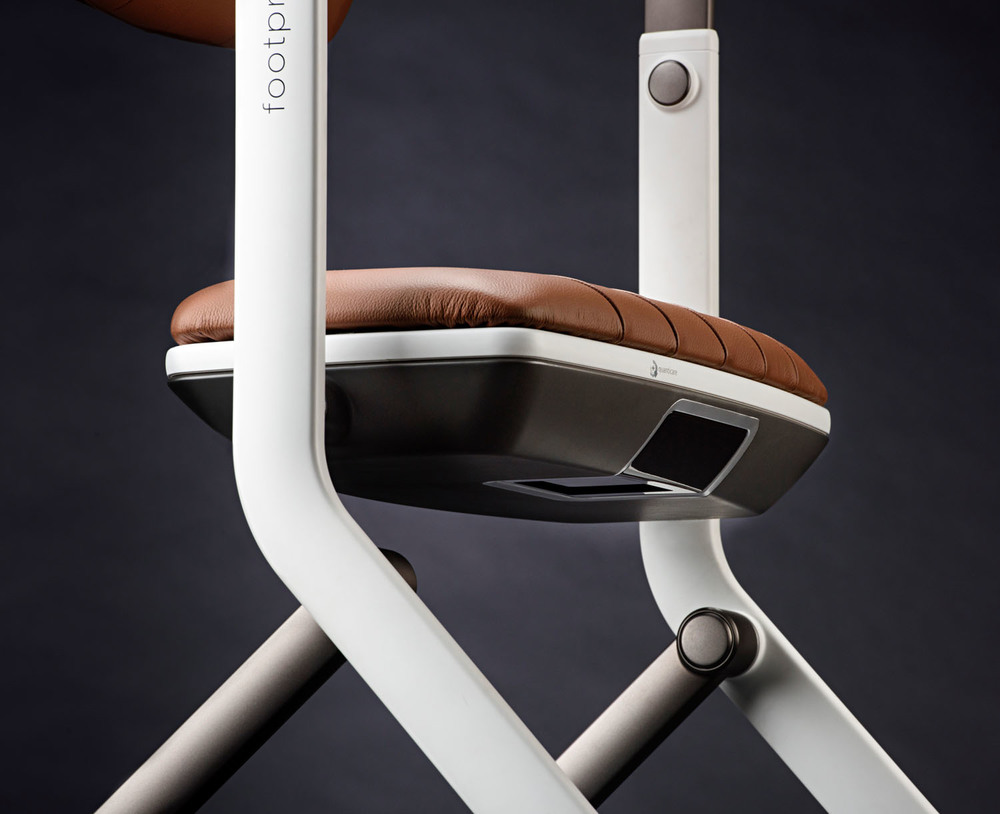
Smart walker monitors gait, assesses falling probability
Footprints by Quanticare is a walker that continuously collects passive and contextual gait data, with the goal of predicting and preventing senior falls. Its computer vision algorithm captures spatio-temporal gait metrics of the user and sends the data to a health care provider. The company claims that the walker could measure an osteoarthritic limp to improve PT protocols, and…
-
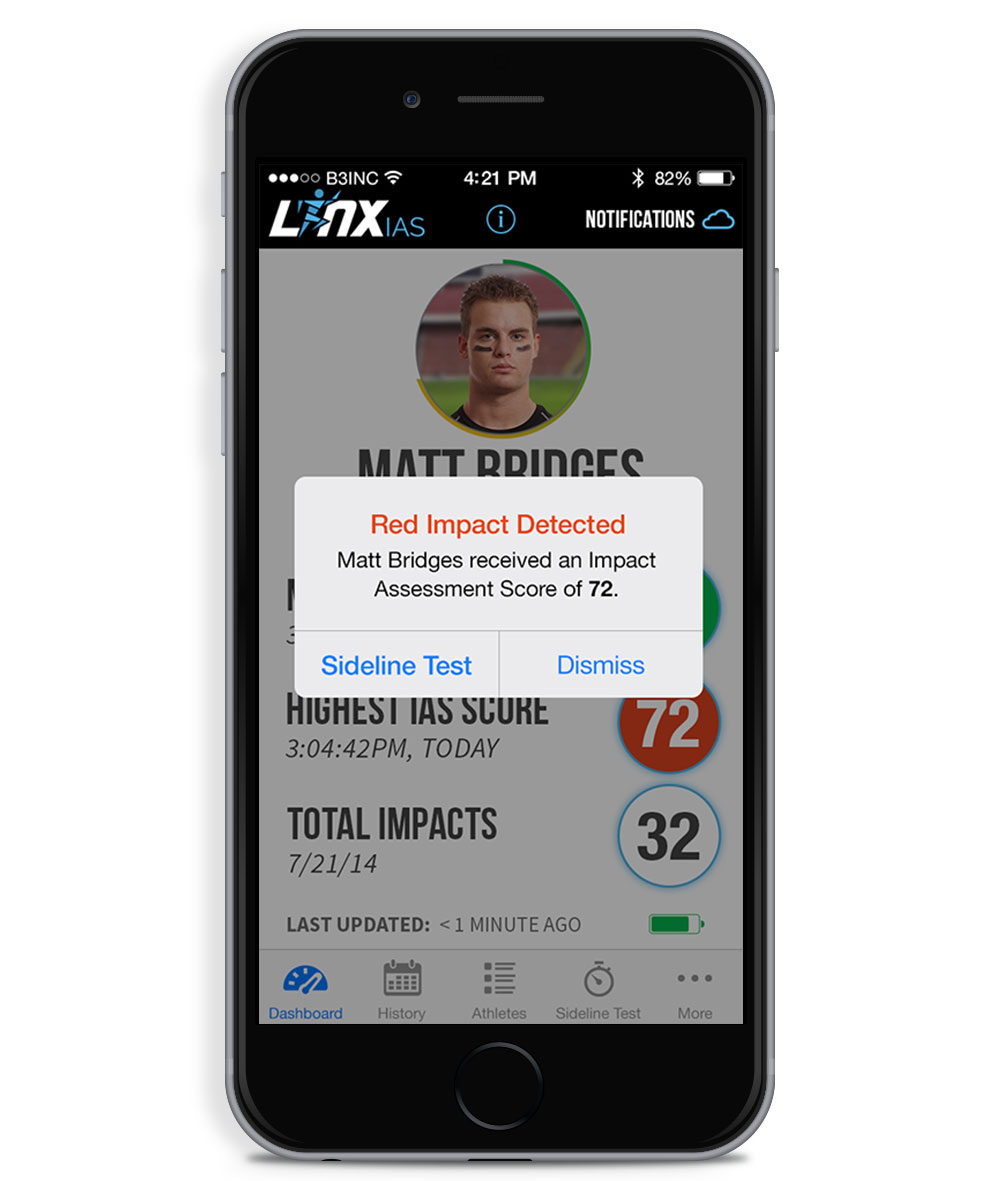
Military shockwave sensor used for sports concussion detection
Early detection of concussion can enable more rapid treatment and better outcomes. The Linx IAS sensor detects head impact severity during sports training. It was built upon military technology that measures the impact of explosion shockwaves on the brain. The sensor is part of fabric headband. Concussive forces are transmitted to an app that rates each blow…
-
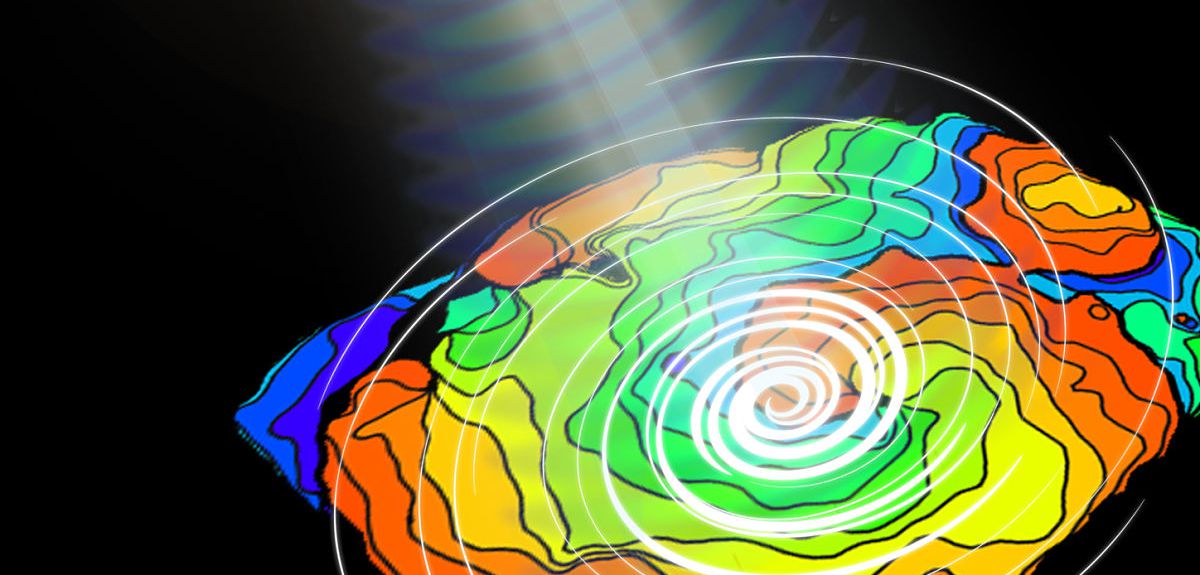
Optogenetics used to regulate heartbeat
Oxford’s Gil Bub and and Stony Brooks’ Emilia Entcheva have used optogenetics, a method used to control neurons, to regulate heartbeat. Arrhythmia patients currently use pacemakers or drugs to control heart rhythm. These approaches can stop or start waves, but cannot provide fine control over wave speed and direction. In the Bub and Entcheva study,…
-
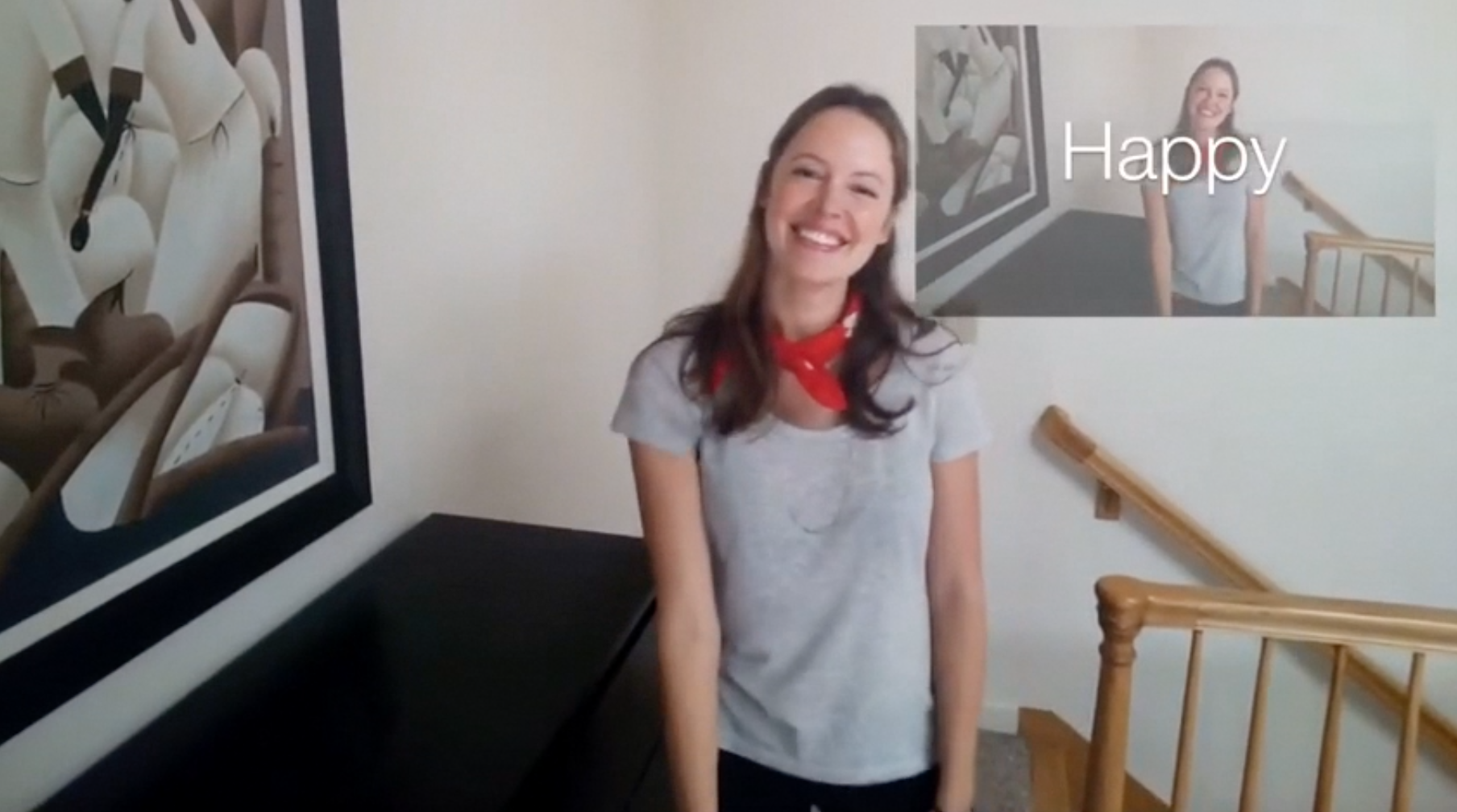
Glass app helps autistic kids understand expressions, emotions
Dennis Wall, Catalin Voss, and Nick Haber of Stanford’s Wall Lab are developing Google Glass software to help autistic children recognize and understand facial expressions and emotions. Head motion tracking sensors, a microphone, and an eye tracking infrared camera analyze a wearer’s behavior during social interactions. Real time social cues are provided, and responses, including eye contact details,…
-

Study: Cancer drug improves Parkinson’s cognitive, motor functions
A small, early stage trial (with no control group) at Georgetown has found that a small dose of the leukemia drug nilotinib (brand name “Tasigna” by Novartis) produced “meaningful clinical improvements” in 10 out of 11 patients. The potential impact is significant, and the researchers believe that expanded studies will validate the promising results. During the trial, participant…
-
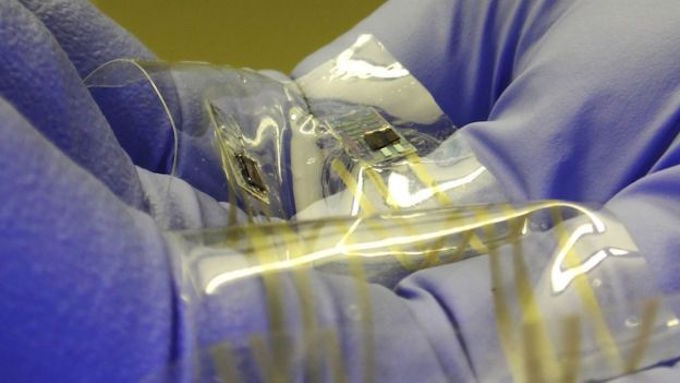
Sensors allow more natural sense of touch in prosthetics
Stanford’s Zhenan Bao is developing technology that could restore a more natural sense of touch in prosthetics. Her flexible, thin plastic sensors send signals to the brain that more closely resemble nerve messages of human skin touch sensors. The disruptive technology has not yet been tested on humans, and researchers still need to find a safe way to…
-
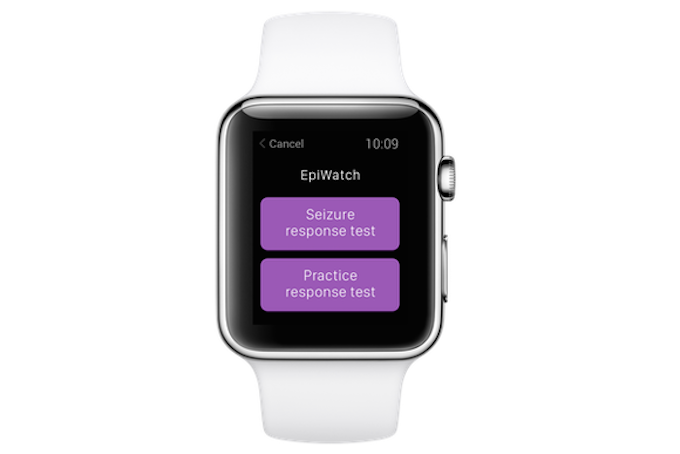
App detects seizure onset with heart rate, accelerometer data
Johns Hopkins professor Gregory Krauss has used ResearchKit to develop an app to detect the onset and duration of epileptic seizures with an Apple Watch. Wearers must touch the watch to capture accelerometer and heart rate sensor data, and notify a caregiver. The EpiWatch app logs seizures and responses, and tracks medication adherence and side…
-
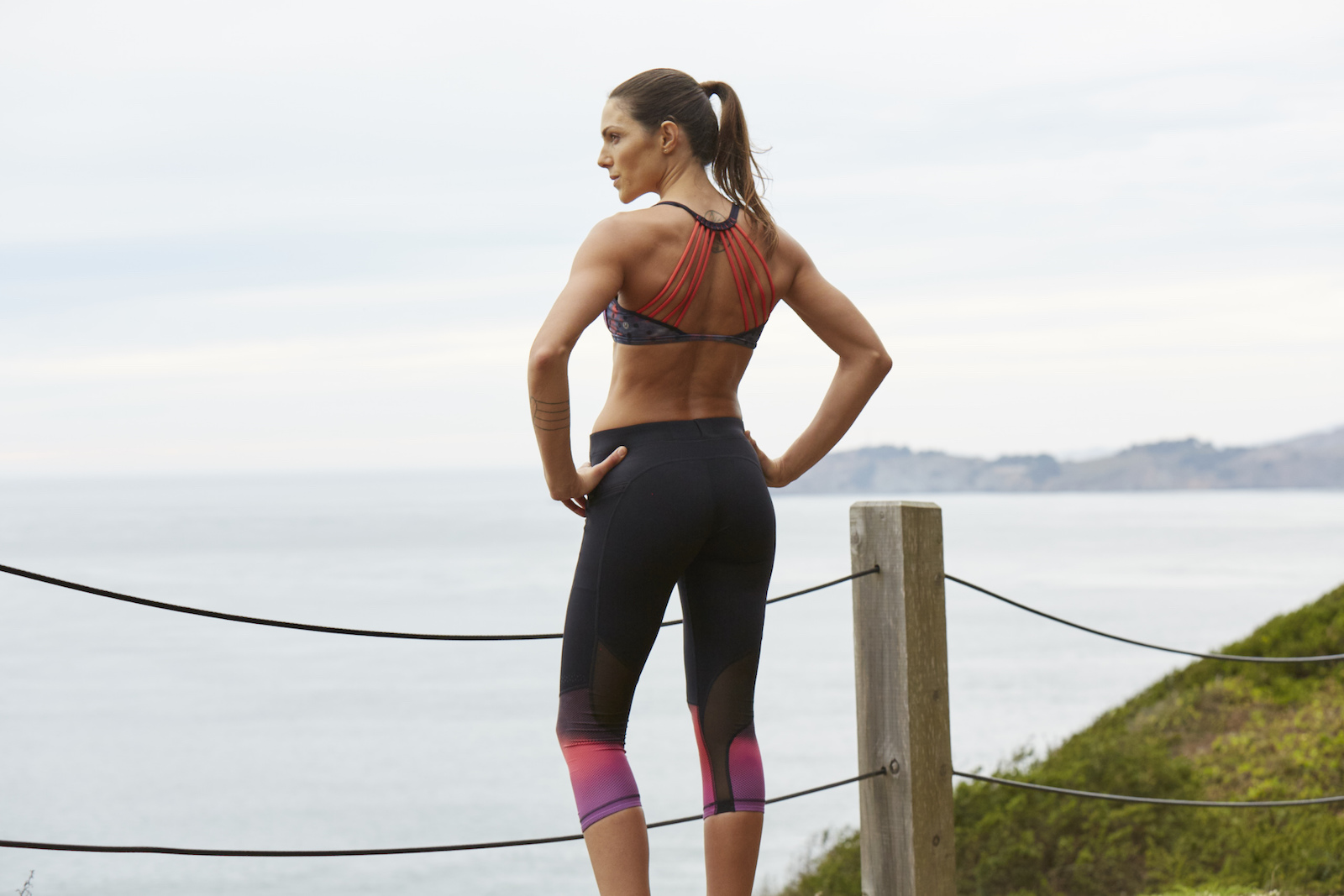
Sensor shorts provide real time runner feedback
ApplySci has described several examples of smart shirts and smart fabrics in recent months. Now, Lumo his integrated sensors into shorts to monitor cadence, stride length, pace, distance and pelvic rotation in runners. Placed inside the waistband, the sensors sync with smartphones to provide real time feedback, and the app sends data and coaching content…
-
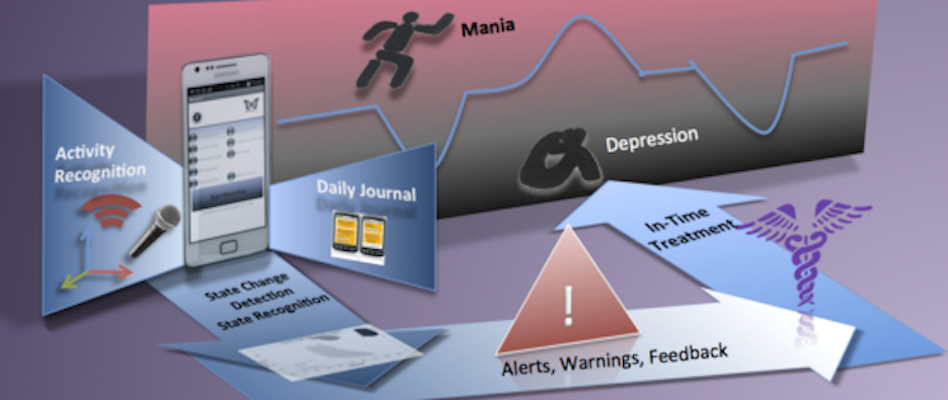
Bipolar mood detection via smartphone
In July, ApplySci described a Northwestern developed phone app that monitors behavior patterns to detect depression. Now, Venet Osmani at CREATE-NET has announced a similar phone based concept with a focus on bipolar disorder. A small study has shown that mood changes can be accurately spotted as they occur, facilitating earlier treatment and better…
-
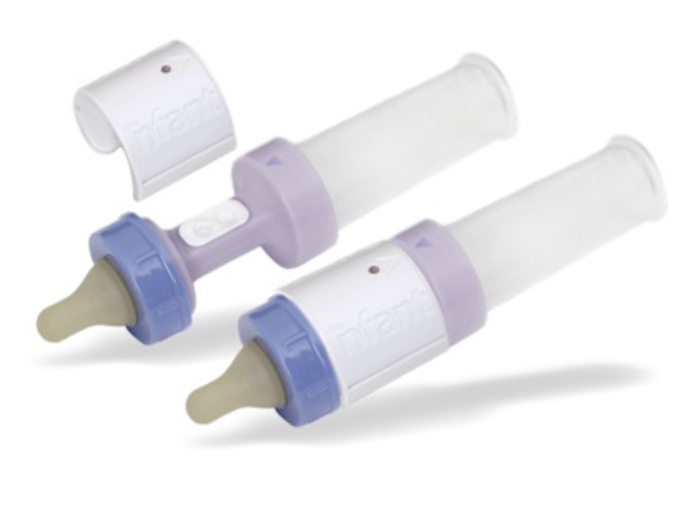
Smart bottle monitors infant swallowing
A smart baby bottle by nfant uses sensors to measure a baby’s tongue strength while feeding. Data is sent to a caregiver’s phone and stored in the cloud. Tongue movements determine whether a baby in the NICU has the strength to switch from tube to bottle or breastfeeding. ApplySci sees the opportunity for the next generation…